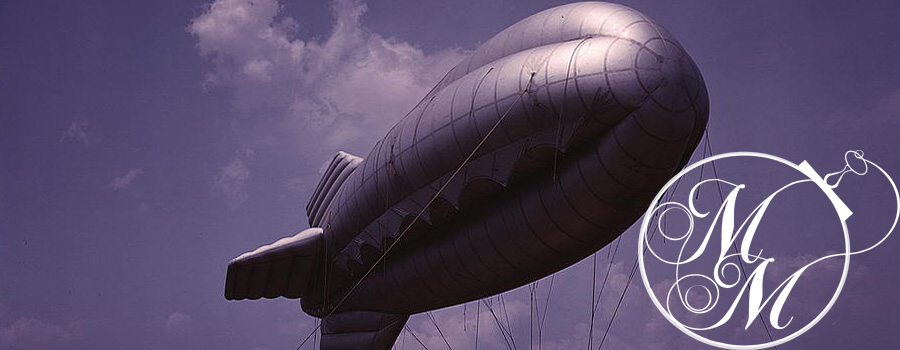Reflections

This city was constructed using most cutting edge science, with the most expensive materials. Then, this meant glass—salt, rock, silica, the heat of a kiln. Today we call this vitrification, but the early architects thought of it as a kind of alchemy, sand transmuted to something much purer, but fragile for it. As the city grew, people began to think of them not as craftspeople but holy men, and to service them was to be that much closer to the divine. In those first boomtown decades, the hills were painted with long columns of indentureds as they hauled saddlebags of sand from the ocean to the Mission. Had the Northerners arrived with their airships before this practice was outlawed, one of the city’s many poets would’ve written how from the sky the laborers looked like ants returning to the colony with their glorious bounty of ort, stolen from two women, lovers, who'd been picnicking on bread and cheese and pears. But the Northerners arrived epochs later to find little evidence these antiquated practices.
That is, until years later when the Northerners, now citizens, rediscovered what they believed to be an older, purer philosophy, how the architects believed glass revealed the true nature of reality. If you gaze absently at a pane of glass, you will see clear through to the other side and its greener grass. But look a little longer, a little closer, and you will see that this world is only an illusion, that the glass itself is a side, opaque with light that fails to pass through, milky from where it has been handled. And if you’re lucky, as you turn the glass in your dextrous hands, you’ll catch a glimpse of its maker, that sinister self, the one true architect. He is trapped within the pane, branded by the fingerprints of those who would have the perfect picture on the other side as their own. Glass reveals the true nature of reality by obscuring it. Glass reveals that revelation is impossible. Reflect on glass long enough and it will reflect you, on you, for you.
This, of course, is nonsense. A charming anachronism. Nothing more than the occult murmurings of a dead era. The Mission burned down when the central kiln collapsed, dragging half the city with it. Since then, the city has been razed and rebuilt countless times, replaced each time by superior technology and materials. Today, we synthesize glass from the waste of other processes. The monorail has made airships obsolete and labor occurs in the comfort of skyscrapers. Astrophysicists have proven that the universe is made up of submaterial wavelets called altas. Tomorrow, we will have the dome to regulate climate and light. Labor will be automated and leisure tours in airships will return to fashion. Cosmologists will prove altas comprise a subenergic demiparticle they will term atlas. Classicists, appreciating the obvious irony, will return to ancient texts and show that the truth had been there all along, that Atlas had indeed been supporting the world on his shoulders, just as indentureds once strapped yokes to their back every morning, their ritual to prepare for the day’s haul.
Among them will be a man, a pintado, older than the others, but still taut of body, strung like a bronze bow, some might say, though I cannot. I might have you believe the glyphs tattooed on his face indicate that he too was once a holy man, but from behind the glass of the airship’s observation deck, they might as well be the lines of a poem, invisible strings vibrating the two lovers in and out of existence as I see fit. The lovers, caught up in one another and the perfect Indian summer day, forget to wrap their items before falling into a siesta that will last centuries, and so the ants are free to take what they wish. The spoils.
